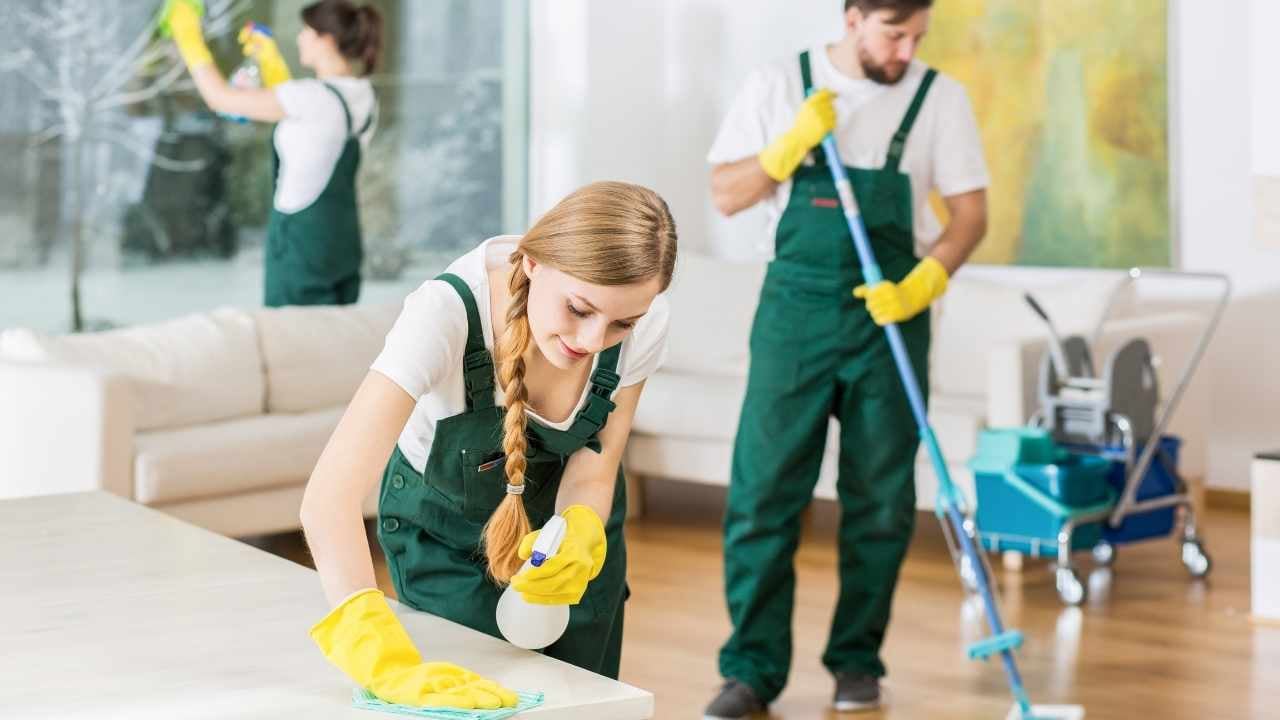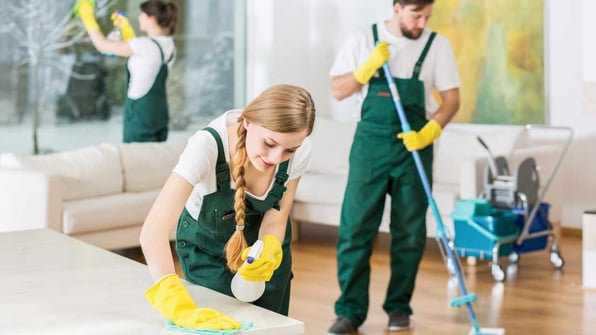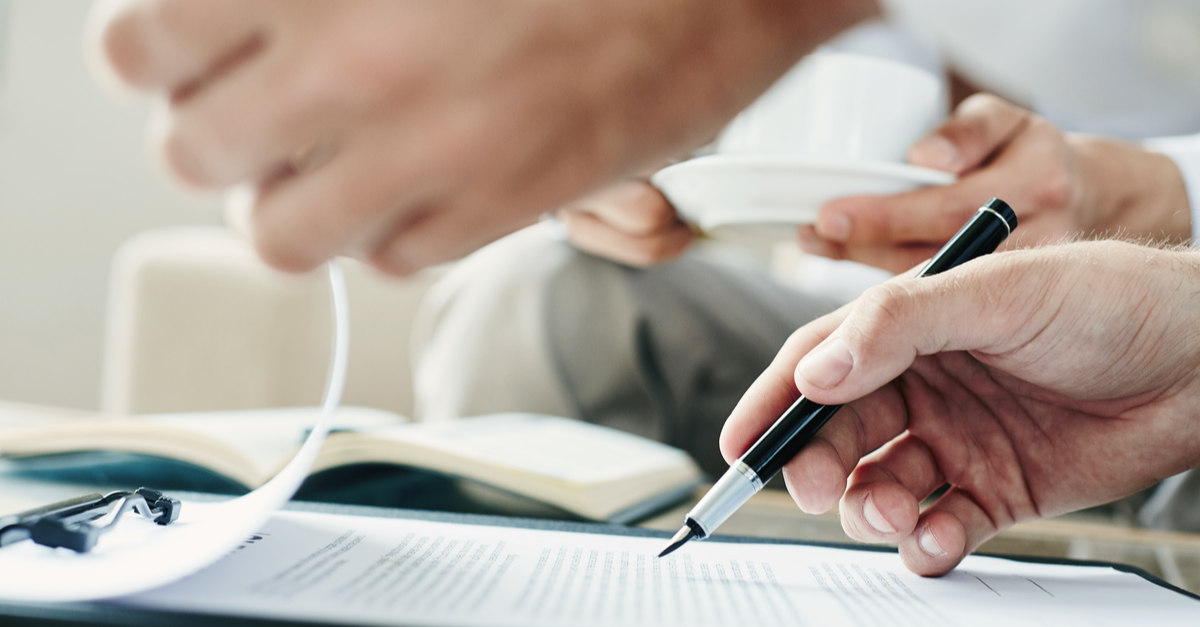
When writing your proposal or tender response for commercial cleaning tenders, it’s important that you respond in a way that shows the client exactly how you’ll deliver the services if you win the contract.
When preparing your proposal for a commercial cleaning tender, it’s crucial to clearly demonstrate how you will deliver the required services if awarded the contract.
Use past performance and results from similar contracts to showcase your capability, and highlight the specific benefits your proposed solution offers the client.
Key Elements of a Strong Commercial Cleaning Tender Response
1. Show How You’ll Deliver the Cleaning Contract
Highlight the benefits of your proposed solution and explain how they directly meet the client’s needs.
2. Be competitive in Pricing
Pricing is critical in the commercial cleaning industry. You must:- Understand your profit margin
- Build your pricing based on the scope of work
- Clarify whether prices include or exclude GST
- Show value, not just price
Even if pricing feels obvious to you, clearly explain your model and how it aligns with the client’s requirements.
3. Health, Safety, and Compliance Documentation
Compliance is not optional — it’s essential. Your cleaning tender must include:- Work Health and Safety (WHS) policies (check out our downloadable WHS guide)
- Safe Work Method Statements (SWMS)
- A documented Health and Safety Management System (HSMS) or at least its table of contents
Don’t forget to address risk management in your submission as it plays a critical role in proving your business can deliver services safely and without disruption. Read our full guide to risk management for cleaning companies in Australia.
These documents build trust and demonstrate your ability to deliver services safely and legally.
4. Methodology: Customise Your Cleaning Approach
Clients want to see how you’ll deliver tailored services. Your methodology section should describe:
-
Step-by-step cleaning processes
-
How you adapt to different site types (e.g., offices, schools, industrial)
-
Site-specific variations in equipment, timing, or staff rotation
5. Talk About Your Staff and Training
Your team is your strength. Showcase:
-
Staff training and induction programs
-
Supervisors and team leaders (including their experience)
-
Ongoing quality control measures
Make the client feel confident that your team can deliver consistent, high-quality cleaning services.
6. Customer Service and Communication
Your Customer Service can be the tipping point as to whether the client loves your company (or not). Each team member representing your company has the chance every day to make a great impact on the client. Explain how you will achieve this, and describe your unique service offering, such as 24-hour availability, green cleaning, a business or Contract Manager to liaise directly with the client on outcomes and issues, inspections, or weekly reporting back to the client on deliverables and targets. You could also propose a Service Level Agreement to define and measure the level of service the client can expect.
7. Highlight Technology That Enhances Your Cleaning Services
iAuditor is an inspection software app that is very popular with cleaning and trade companies as it provides options for photos and instant updates for clients.





